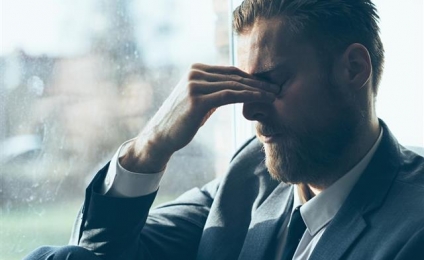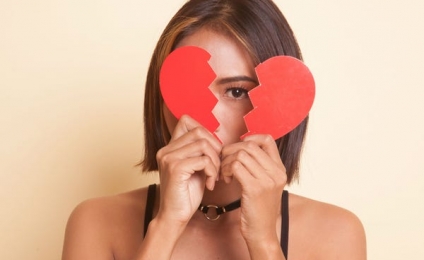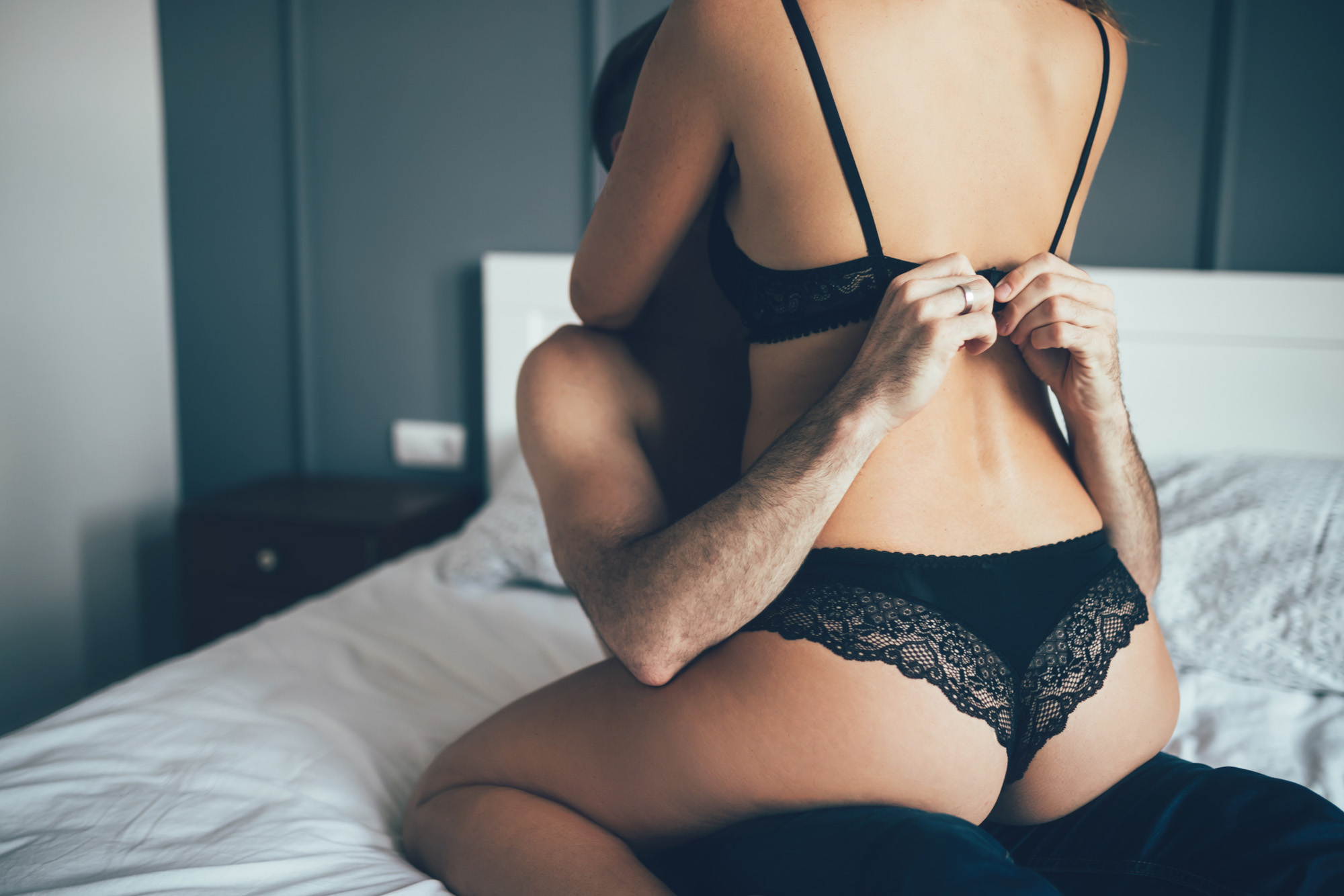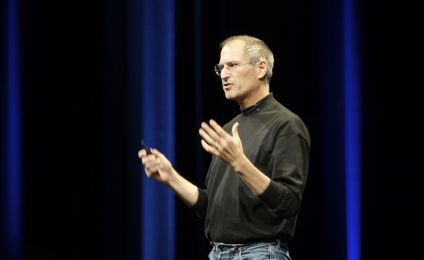Have you ever wondered why so many men wake up in the mood for sex while women often just want to hit snooze and steal a few more minutes of sleep? And why, when the evening rolls around—when women may finally feel open to intimacy—their partners are already halfway into their dreams?
It turns out, there’s a reason this happens, and it’s not because of relationship dynamics or emotional mismatches. The answer lies much deeper—in our hormones. Specifically, our body clocks, testosterone rhythms, and the opposing timing of male and female arousal cycles. Here's a deeper breakdown of what’s happening hour by hour, and why couples may find themselves mismatched in the bedroom without ever meaning to be.
5 AM – Testosterone Surges Before He Even Opens His Eyes
Before a man even wakes up, something is already stirring—his testosterone levels. Around dawn, his hormonal system has already ramped up into high gear. By early morning, a man’s testosterone is typically 25 to 50 percent higher than at any other time of day. Why? The pituitary gland—responsible for managing hormone production—has been quietly active through the night, steadily pushing testosterone into his bloodstream as he sleeps.
While women also produce testosterone (yes, it plays a role in female libido too), they create only a small fraction of what men do. Overnight, their testosterone levels rise only slightly and are balanced out by estrogen and progesterone, which regulate mood and reproductive function. Men, on the other hand, need only a normal testosterone level to feel aroused—so when their levels spike, as they do in the morning, they wake up not only alert, but often sexually ready.
It’s no surprise that many men wake up several times a week with spontaneous erections—completely unprovoked by thought, just pure biology at work.
6 AM – A Good Night’s Sleep Only Fuels the Desire
Quality sleep doesn’t just leave a man feeling refreshed—it actually supercharges his sex hormones. Studies published in the Journal of the American Medical Association have shown that men who get more than five hours of uninterrupted sleep experience a 15% boost in testosterone. This means that after a restful night, not only is he better equipped mentally to take on the day, but his physical desire is also elevated.
It’s not just the act of sleeping—it’s deep, uninterrupted rest that allows the body to rejuvenate, repair, and reset its hormone production cycles. If he’s had a good night’s rest, his body will be brimming with signals that tell him it’s time to connect, to be close, and, quite literally, to engage in sex.
7 AM – Opposite Rhythms: Why She’s Not on the Same Page
Here’s where the natural misalignment begins: just as a man’s hormones are peaking, a woman’s are bottoming out. Male and female bodies follow different rhythms, and in this case, their sex hormones are actually working against each other. According to consultant gynecologist Gabrielle Downey from the Sandwell and West Birmingham Hospitals NHS Trust, male and female hormonal peaks occur on opposite ends of the day.
Women’s libido isn’t solely hormone-driven either—it often depends on a combination of emotional closeness, physical comfort, mental relaxation, and mood. So, while her partner may be raring to go at sunrise, she might be more focused on sleep, warmth, or stress about the day ahead. Simply put, timing isn't always in sync—and that’s not a flaw; it’s biology.
Interestingly, a woman’s libido rises and falls more dramatically across her monthly cycle than it does in a single day. Around ovulation—roughly mid-cycle—her testosterone spikes to a level 30 times higher than at the start. That’s when her arousal tends to peak, though it may not align with morning hours at all.
8 AM – Stress Hormones Kick In and Begin to Shift the Mood
As both men and women begin to mentally prepare for the demands of the day, another hormone takes the stage: cortisol. This stress-related hormone rises naturally in the early hours to help the body wake up and stay alert. But there's a side effect—cortisol blunts the effect of sex hormones, including testosterone.
So, while a man may start his morning with elevated desire, that edge can start to fade as cortisol rises. His system begins shifting focus from pleasure to productivity. It’s a biological pivot—from intimacy to task orientation. That’s why many men, even if they wake up feeling aroused, quickly shift gears into “work mode” as the day begins.
Interestingly, throughout the day, a man’s testosterone doesn’t remain static. It fluctuates in 90-minute cycles, rising and falling in waves tied to his internal clock. This means that while he may not feel consistently turned on throughout the day, he experiences recurring micro-peaks of readiness and desire—even during a lunch meeting or while running errands.
12 Noon – Visual Cues Stir His System, Even Without Hormone Surges
Now we’ve hit midday, and something else kicks in—the power of sight and attraction. If an attractive coworker passes by or someone flirts at the coffee machine, it’s not testosterone doing the heavy lifting—it’s the nervous system and its rush of endorphins and dopamine.
Seeing someone desirable stimulates brain chemistry, prompting pleasure signals and blood flow to sexual organs. Even though his testosterone isn’t necessarily peaking at this time, the combination of visual input and brain stimulation can create a surge in arousal. And here’s the twist: men with already elevated testosterone levels are more likely to react, to flirt, and even to appear more attractive themselves.
Research from Wayne State University in Michigan confirms this—men with higher testosterone are not only more forward socially, but women also tend to rate them as more appealing.
1 PM – Women's Desire Follows a Different Pattern Entirely
While a man’s arousal can be triggered by a passing glance or fleeting moment of attraction, a woman’s desire is far more nuanced, and often tied to context, connection, and internal chemistry rather than what—or who—she sees at the office.
In fact, research from the University of Texas uncovered a fascinating pattern: for women in long-distance relationships, testosterone levels began to rise not when seeing someone attractive, but in anticipation of reuniting with their own partner.
In the study, saliva samples were taken at multiple points: two weeks before meeting their partners, the day before, the day of intimacy, and the days after. The most significant hormonal surge happened the day before the visit. This means that anticipation and emotional intimacy had a stronger influence on their arousal than random external triggers.
6 PM – Evening Workouts Can Reignite the Libido
As the day winds down and stress fades, the body begins to reset—and so do sex hormones. Evening workouts, according to research from the University of California, San Diego, can significantly boost libido in both men and women.
For men, exercise promotes testosterone production, builds stamina, and increases blood circulation—directly supporting sexual function. Men who exercise regularly report 30% more sexual activity and 26% more orgasms compared to sedentary peers.
And for women? Just 20 minutes of cardio was enough to make them significantly more responsive to erotic stimuli, as shown in a University of Texas study. This proves that physical movement not only energizes the body—it tunes the mind for sensuality.
7 PM – Music Can Trigger Unexpected Hormonal Effects
By evening, many couples turn to music to relax, bond, and set the mood. But interestingly, music has very different effects on the sexes hormonally.
A study from Japan’s Nara University found that listening to music boosted testosterone in women but reduced it in men. The reason? Researchers suggest that music helps women feel more emotionally open, enhancing their receptiveness to intimacy. Meanwhile, in men, music may soothe aggression—which, while great for emotional balance, temporarily dulls their dominant sex hormone.
This doesn’t mean music ruins a man’s libido—it just shifts his internal state. If intimacy follows, the mood may be softer, slower, more emotionally driven.
8 PM – Victory (or Defeat) Can Alter Testosterone in Real Time
Now we arrive at one of the most surprising factors influencing male libido: sports outcomes. It turns out, a man’s testosterone levels can rise or fall based on the emotional highs and lows of being a fan. In a study conducted by the University of Utah, men who watched their favorite team win a World Cup match experienced a 20% spike in testosterone. On the flip side, watching their team lose triggered a 20% drop.
These hormonal shifts aren’t subtle. They affect mood, confidence, and even sexual interest. A win might leave him energized, assertive, and ready to connect with his partner. A loss, however, could drain his enthusiasm, leaving him withdrawn or irritable.
Interestingly, the same effect doesn’t apply to women in the same way. While male spectators’ hormones respond to watching the outcome, women’s testosterone is more likely to increase from playing sports than from observing them. The takeaway? For men, emotional investment in competition goes far beyond fandom—it biologically alters their desire.
9 PM – Her Desire Peaks, But His May Be Running on Empty
By this time of night, a man’s testosterone has dropped to its lowest level of the day, while a woman’s may just be reaching its peak—especially if she’s in a phase of her cycle where desire naturally rises.
But here’s the twist: a woman’s sex drive doesn’t simply respond to hormones—it’s also profoundly shaped by how she feels about her own body. According to Gabrielle Downey, many women with higher testosterone (such as those with polycystic ovary syndrome) don’t necessarily feel more sexual. Why? Because they often struggle with body image issues, which can severely mute their libido.
A woman who feels unattractive—regardless of what her hormone levels say—is significantly less likely to feel desire. In this way, psychological and emotional factors play a dominant role in shaping female arousal, especially at night.
So, while the biology might suggest that now is her prime time for intimacy, the actual experience depends on self-perception, emotional connection, and how safe she feels in her skin.
10 PM – He’s Still More Likely to Initiate, Even at Low Hormone Levels
Despite the natural hormonal drop-off that occurs by late evening, men are still more likely to want sex than women at this hour. Why? Because even their low testosterone levels are generally higher than a woman’s peak, explains Downey.
However, if a woman is nearing ovulation—around day 13 of her cycle—her own testosterone may now be surging. This leads to more intense, full-body orgasms, unlike the more localized climaxes experienced at other times of the month.
When her testosterone is lower, her orgasms tend to be shorter and focused mostly around the sexual organs. But when her hormones are peaking, the intensity and depth of her physical pleasure reach new heights. In other words, timing doesn’t just affect desire—it also shapes the quality of the experience itself.
So while men may lead the charge early in the day, women often hold the deeper, more profound experiences when their bodies align.
This dance between male and female rhythms—hormonal, psychological, and emotional—is a constant back-and-forth. Morning desire, midday distraction, evening misalignment—it all comes down to nature’s design. Understanding these patterns doesn’t just clarify “why he’s in the mood so early”—it opens the door to better timing, communication, and mutual satisfaction in the bedroom.



























